CNC Machining: Driving Precision in Automotive Manufacturing
From the tiniest components to the most complex assemblies, every…
[GTranslate]

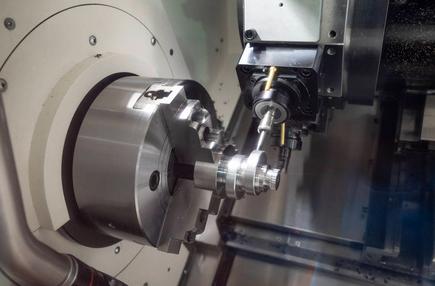
From the tiniest components to the most complex assemblies, every…
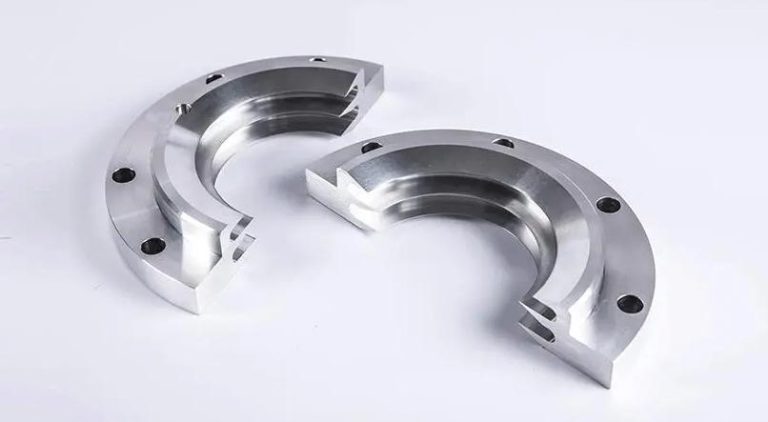
CNC machining relies on precision materials, and aluminum alloys are…
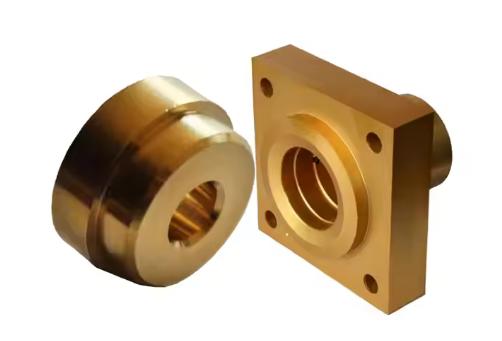
Copper and brass are two versatile metals commonly used in CNC…
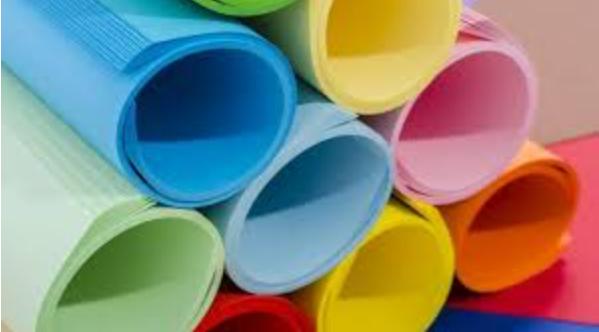
ABS (Acrylonitrile Butadiene Styrene) is a versatile thermoplastic polymer widely used…
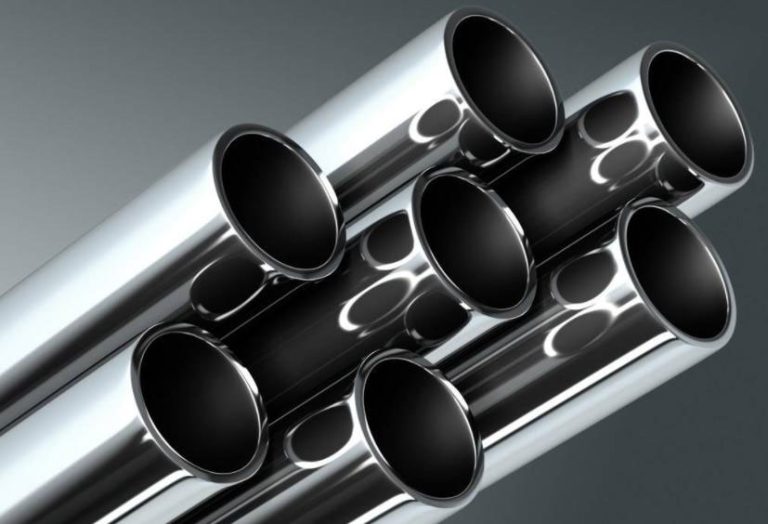
Stainless steel, renowned for its corrosion resistance, presents unique challenges…
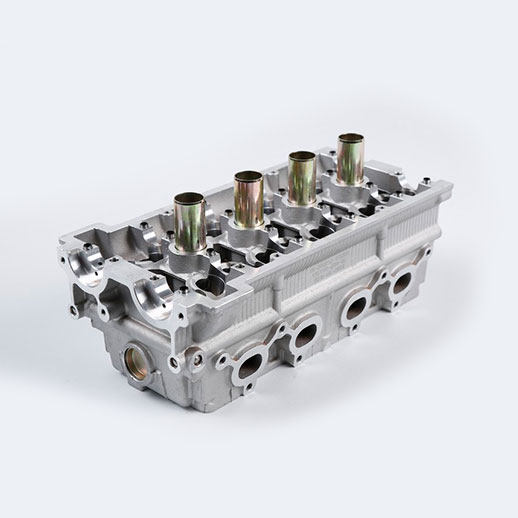
In the ever-evolving automotive industry, the demand for high-performance, lightweight…
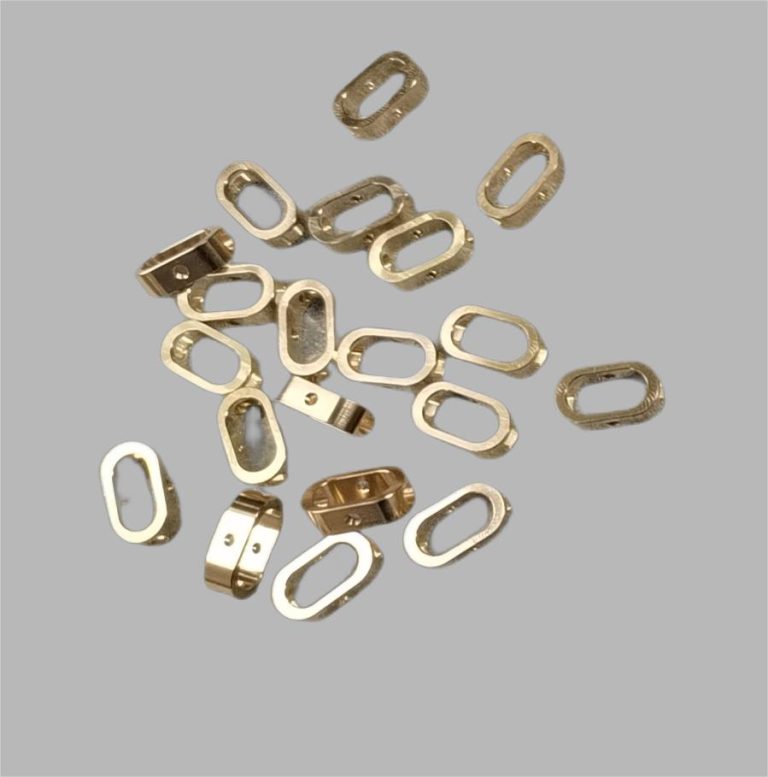
Brass, an alloy renowned for its machinability and versatility, has…
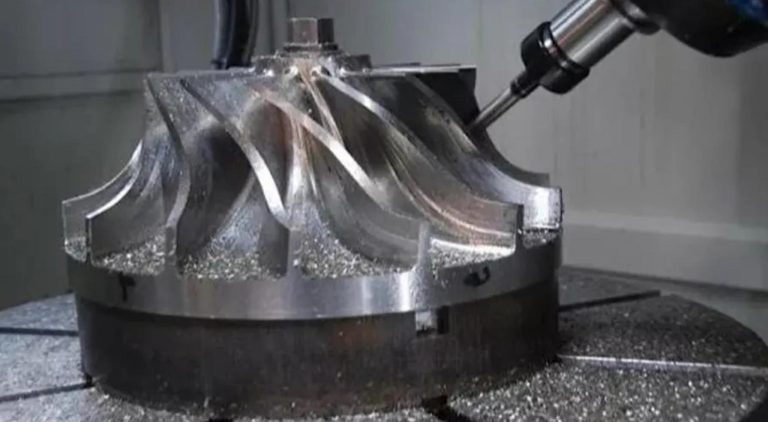
Titanium, renowned for its exceptional strength-to-weight ratio, corrosion resistance, and…
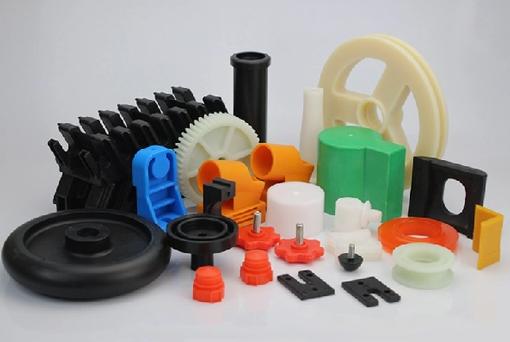
JTR Machine, a high-quality CNC parts manufacturer in China, has…
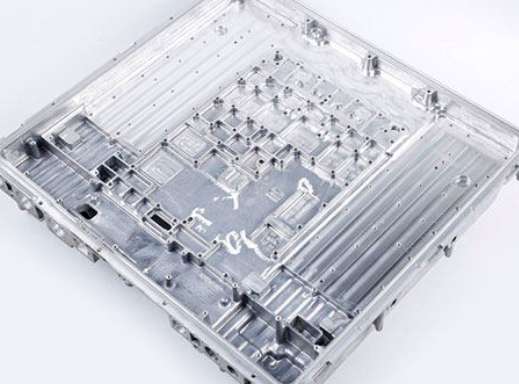
Aluminum is a versatile material widely used in CNC milling…
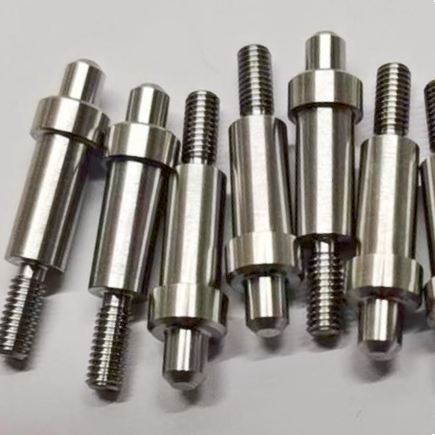
Stainless steel is a popular choice for CNC machining due…
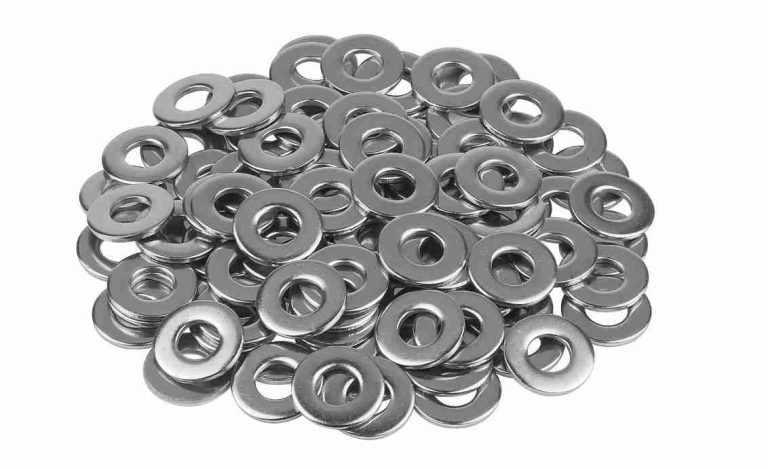
In the world of CNC machining, the ideal finish goes beyond…
Request A Quote